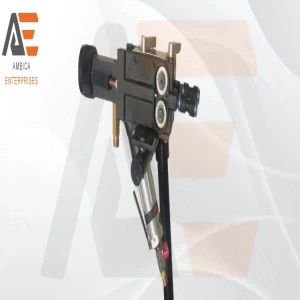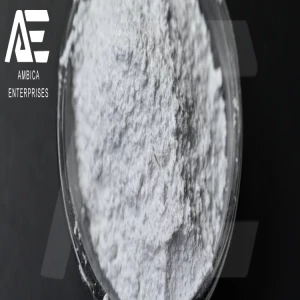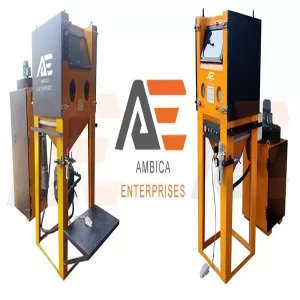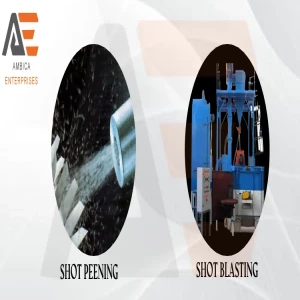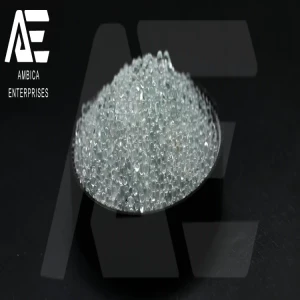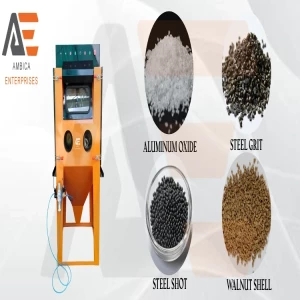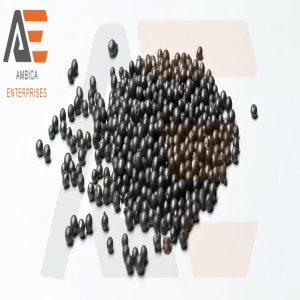Steel Shots abrasives are produced with super eutectoid medium alloy steel. The percentage of sulphur, phosphorus, and chromium content is low. Abrasives are heat-treated, applying the most modern procedure. The microstructure of high-carbon steel heat-treated abrasives is fine homogeneous martensite.
Abrasives are produced in the round and angular form and we do not recommend the use of steel grit bigger than 400 μm (40 mesh) and steel shot bigger than S-170 (> 600 μm).
Steel Shot is used mainly for sandblasting/cleaning of casting sand, rust, scale, paint, for surface preparation prior to coating, and for surface strengthening -shot peening (in the aircraft industry, peen forming, welding, gears, springs,...). The component surface after sandblasting with steel shot is full of round dimples. Sandblasting with steel shot is mainly used in blast rooms and wheel blasting machines.
The characteristics of round high-carbon heat-treated steel abrasives are:
- low depreciation
- long lifetime
- resistance to wear
- toughness
Steel shot is supplied in different sizes:
| Steel Shots | Shot size in mm |
| Steel shot S 70 | 0.2 |
| Steel shot S 110 | .3 |
| Steel shot S 170 | .4 |
| Steel shot S 230 | 6 |
| Steel shot S 280 | .7 |
| Steel shot S 330 | .8 |
| Steel shot S 390 | 1 |
| Steel shot S 460 | 1.2 |
| Steel shot S 550 | 1.4 |
| Steel shot S 660 | 1.7 |
| Steel shot S 780 | 2 |
| Steel shot S 930 | 2.4 |
STEEL GRIT (G) – it can be supplied in three different hardness grades: GH, GM, and GN.The angular nature of steel grit produces an etched surface on metal.
G abrasives marked GH possess a minimum hardness of 60 HRC. We recommend them exclusively for blasting with compressed air. Due to their exceptional abrasive characteristics, optimal surface profiles can be achieved and this is a basic requirement for high-quality surface protection. Exceptionally GH abrasives can be used in wheel blasting machines for the blasting of cylinders.
Characteristics: In the process of blasting GH abrasives keep their original sharp-edged form. G abrasives marked GM possess a hardness from 52 to 56 HRc. They are recommended for the preparation of surfaces with high requirements concerning the purification and roughness profile (enameling, metal coating.
In the process of blasting, GM abrasives lose their original sharp-edged form. G abrasives marked GN possess a hardness from 48 to 52 HRC. They are recommended for the applications in the surface preparation (cleaning) prior to painting, for the removal of sand.
In the process of blasting, GN abrasives become round.
| Steel Grit | Steel Grit size in mm |
| Steel grit G 120 | 0.1 |
| Steel grit G 80 | 0.2 |
| Steel grit G 50 | 0.3 |
| Steel grit G 40 | 0.4 |
| Steel grit G 25 | 0.7 |
| Steel grit G 18 | 1 |
| Steel grit G 16 | 1.2 |
| Steel grit G 14 | 1.4 |
| Steel grit G 12 | 1.7 |

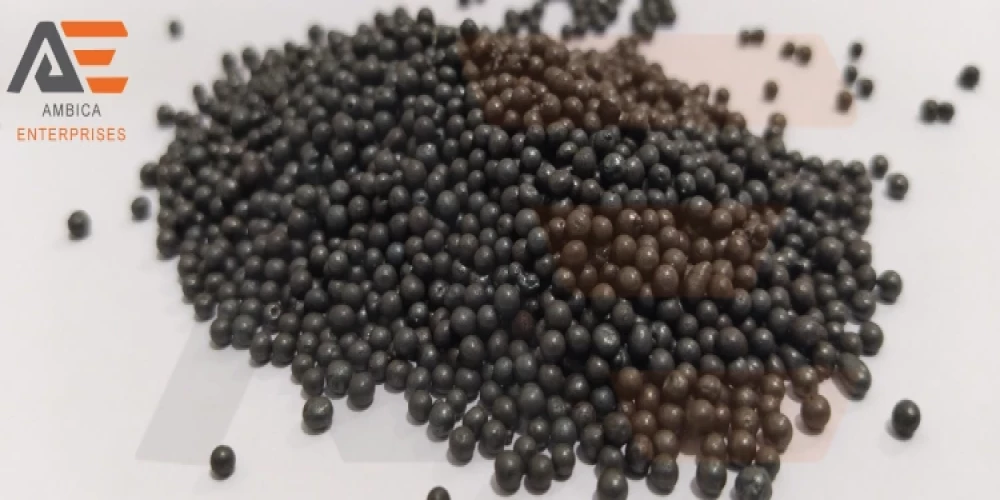
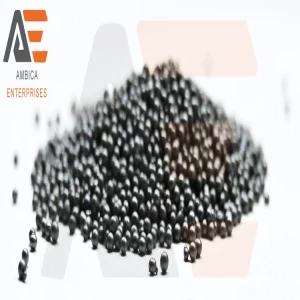
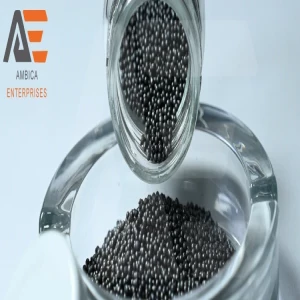
.webp)
